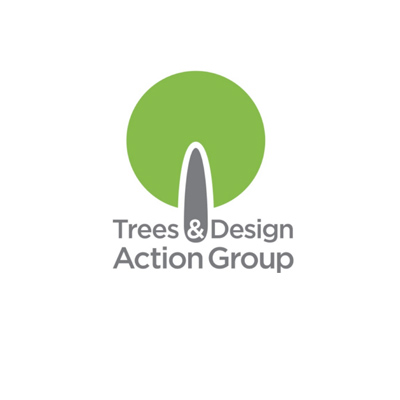
Urban Design & Green Infrastructure for Air Quality Process
Green Infrastructure (GI) brings multiple benefits to urban environments, ranging from perceived quality of life to ecological diversity to improving air quality in some known contexts. As GI can have both a positive (pollutant removal) and negative (trapped pollution, pollen/organic compounds emissions) implications for air quality and human health, there is an ongoing need for transparent research expertise to ensure GI is appropriately but not over valued and that local implementation maximises benefits whilst avoiding negative effects.
The opportunity to introduce or retain green infrastructure in urban areas and the hyper-local street level lived experience for residents, comes largely from Urban Design. This research strand continues to explore these linkages and challenges any associated professional divides or silos.
WM-Air will develop a new UDGI for Air quality process for the rapid and transparently robust assessment of air quality performance of UDGI in order to inform planning and development decisions. Tools will be co-designed for usability and will consider four nested spatial scales; regional, city, neighbourhood and site. The research programme is equally engaged with and contributing to the emerging Governmental tools and measures in support of the 2021 Environment Act, from DEFRA and Natural England. In addition to the forecast revisions of Planning and the introduction of local Design Guides.

GI for urban developments – planning guidance for Local Authorities
The design of new housing, commercial and mixed developments impacts air quality, both in terms of new or changed emissions from road transport and personal exposure to air pollution on site. Currently, no integrated approach considers how good design can: (i) Reduce emissions associated with the development; and/or (ii) Extend the distance between pollution sources and people using the development; or, (iii) Protect the most vulnerable people.
The current Environmental Impact Assessment (EIA) process occurs too late in the design cycle and is a reactive check, rather than pro-active part of the creative design process. This project built on the success of First Steps in Air Quality in order to develop a short guidance document that considers air quality at all stages of planning, design and development. It applies the principles of Reduce, Extend, Protect, to make clear the extent to which urban design (UD) and green infrastructure (GI) may be used to encourage active transport (reduce) and physically separate or screen people from pollution (extend and protect).
The resulting Design Charter was developed with a practitioner stakeholder group from local authorities and other interested stakeholders to ensure the guidance is fit for purpose and easy to use. It explains how good urban design can improve air quality using simple principles that benefit air quality and providing practical guidance and illustrations outlining how to implement them in urban areas. Our aim is to provide a new benchmark for how local authorities and other professional practitioners approach the design of new developments for the benefit of air quality.
University Lead

Prof Rob MacKenzie
© Rory Buckland, used with permission
- Director of the Birmingham Institute of Forest Research








